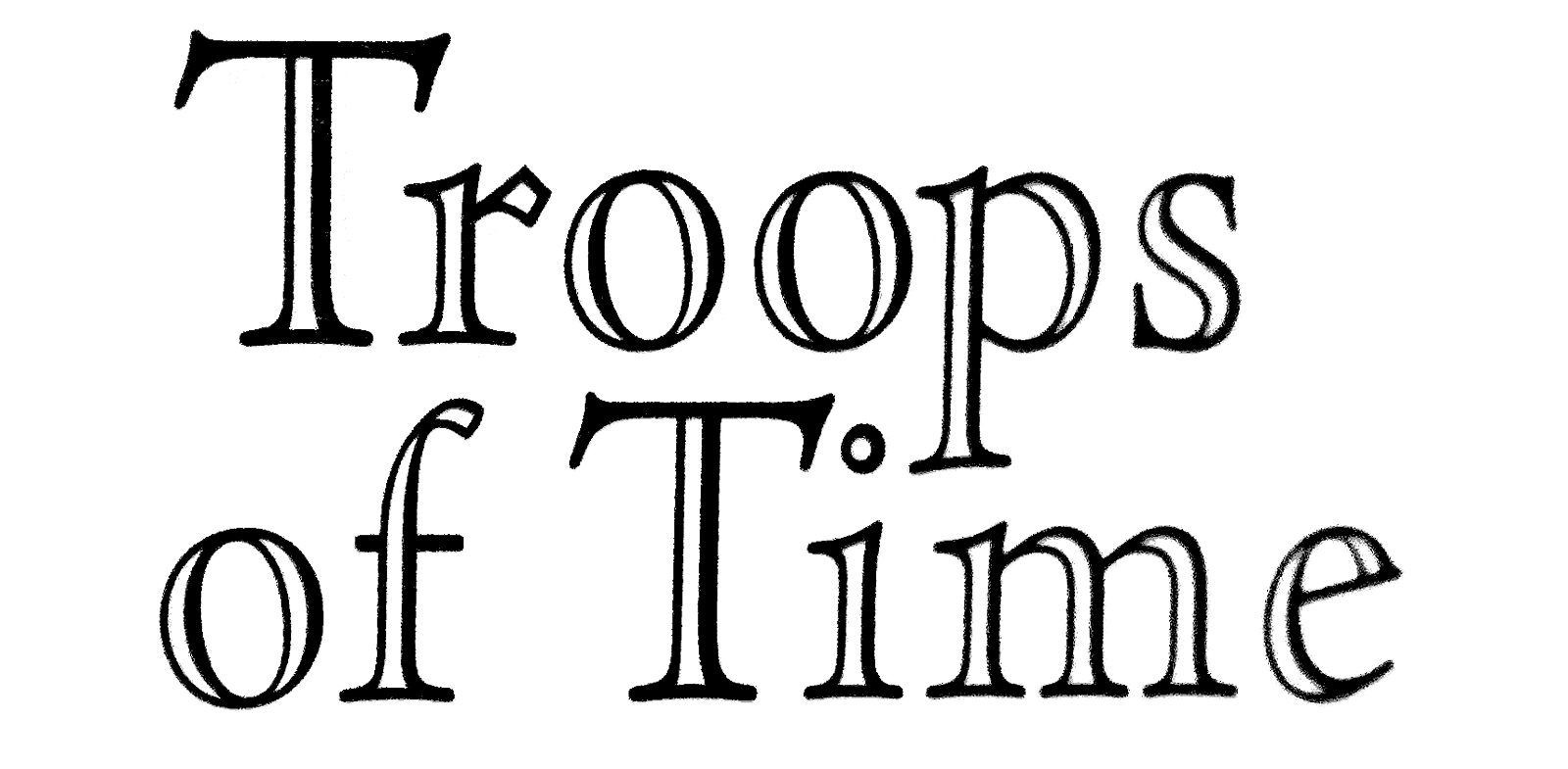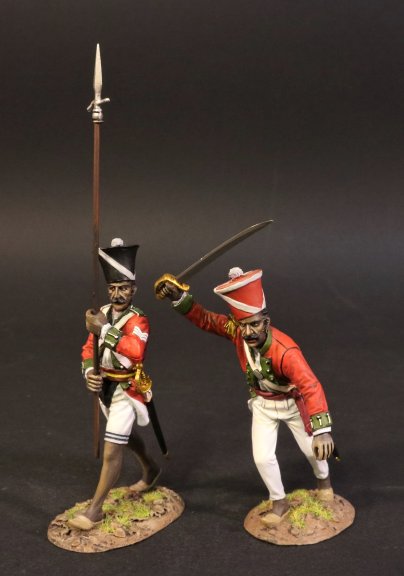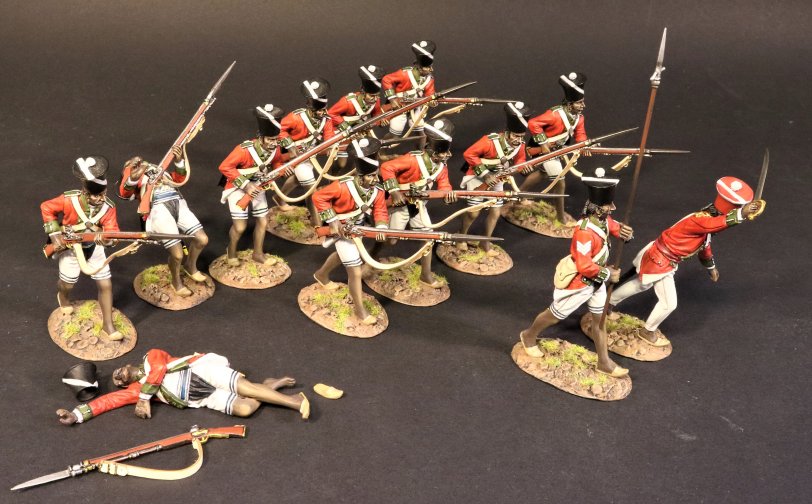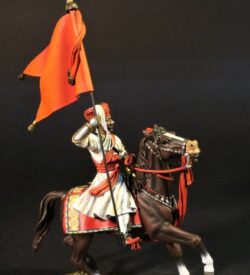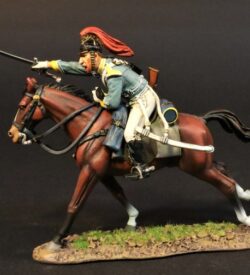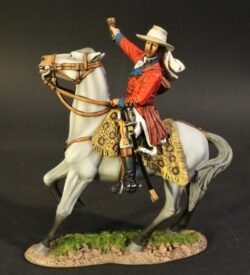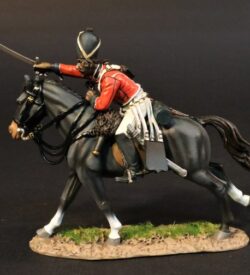WINS-01B Subedar & Havildar, 2/12th Madras Native Infantry
$88.00
Description
A Sepoy was originally the designation given to a professional Indian infantryman, usually armed with a musket, in the armies of the Mughal Empire. In the Eighteenth Century, the French East India Company and its other European counterparts employed locally recruited soldiers within India, mainly consisting of infantry designated as “Sepoys”. The largest of these Indian forces, trained along European lines, were those that belonged to the British East India Company.
The term “Sepoy” is still used in the modern Nepalese, India, Pakistan, and Bangladesh armies where it denotes the rank of private soldier. In its most common application, sepoy was the term used in the British Indian Army and earlier in the army of the British East India Company, for an infantry private. A cavalry trooper was known as a “Sowar”.
The term Sepoy came into common use in the forces of the British East India Company in the eighteenth century where it was one of a number of names, such as Peons, gentoos, mestees and topasses, used for various categories of soldier. Initially it referred to Hindu or Muslim soldiers without regular uniforms or discipline. It later generically referred to all native soldiers in the service of the European powers in India. Close to ninety six percent of the British East India Company’s army of 300,000 men were native to India and these sepoys played a crucial role in securing the subcontinent for the company.
In the days of the East India Company, infantry companies in native regiments were commanded by British or Indian officers. The rank structure was the same for native officers as british counterparts, but with different names. A Subedar was a captain, and a Jemadar was a Lieutenant.
The 1/8 Madras Native Infantry were originally raised as the 9th Battalion Coast Sepoys in 1760, becoming the 1/8th Madras Native Infantry in 1796. They retained this title until 1902 when they became the 8th Gurkhas until they were disbanded. During the years that Wellesley was in India, they took to calling themselves “Wellesley’s Own”.
The 2/12th Madras Native Infantry were to become the 10th Battlaion 1st Punjab Regiment.
